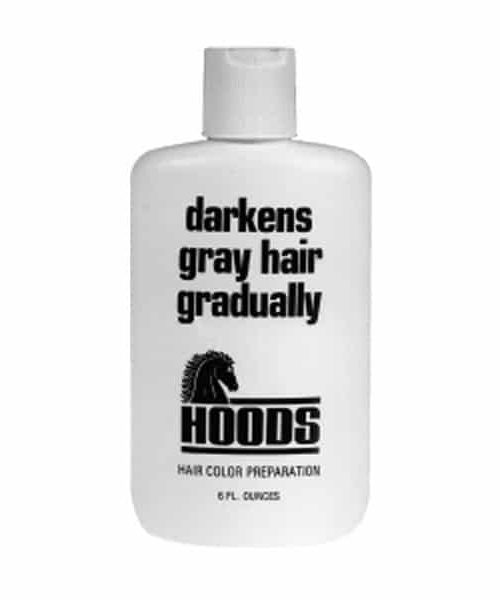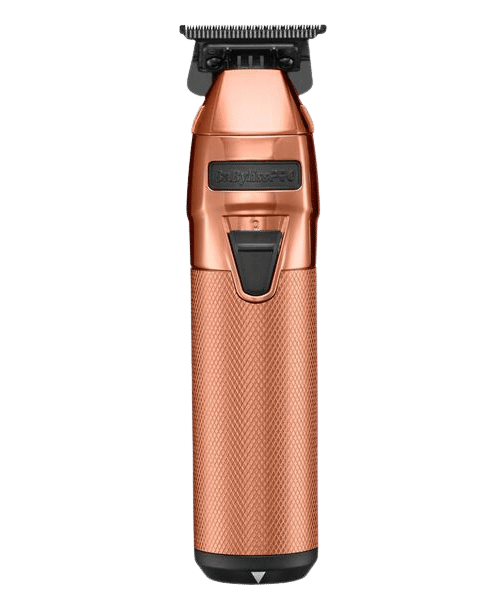The Basics To Understanding Hair Loss
An Introduction To Hair Loss
Hair grows on every place on human skin except for the soles of your feet and palms of your hands. However, many of these hairs are so fine that they are practically invisible. Hair is comprised of keratin, which is a protein. It is produced inside hair follicles that are on your skin’s outer layer. As new hair cells are produced by the follicles, the old cells get pushed out via the surface of your skin. This happens at a rate of approximately six inches per year. The hair that you are able to actually see is a strand of dead keratin cells. There are approximately 100,000-150,000 hairs on an average adult’s head, and around 100 are lost each day. You don’t need to be alarmed when you see a couple of stray hairs on the hairbrush.
At any given point in time, approximately 90% of hair on your scalp is growing. Every follicle has a life cycle of its own that may be influenced by disease, age and various other factors. There are three phases to this life cycle:
– Anagen: active growth of hair lasting 2-6 years.
– Catagen: transitional growth of hair lasting 2-3 weeks.
– Telogen: resting phase lasting 2-3 months. The hair gets shed at the end of this resting phase, and is replaced by new hair. Then the growing cycle begins all over again.
There are many different kinds of hair loss (or alopecia).
– Involutional alopecia. This natural condition involves the hair thinning gradually as you get older. More hair follicles are in the resting phase, with the remaining hairs becoming fewer in number and shorter.
– Androgenic alopecia. This genetic condition can affect both women and men. This condition in men is referred to as male pattern baldness. They can start experiencing hair loss as young as their teenage years or early twenties. It features a receding hairline along with hair disappearing gradually from the frontal scalp and crown. Women who have female pattern baldness usually do not experience any noticeable thinning until they are in their forties or older. Women will tend to have a general thinning over their whole scalp. Hair loss is most extensive in the crown area.
– Alopecia areata. This frequently begins quite suddenly and can cause patchy hair loss in young adults and children. This condition can result in alopecia totalis (complete baldness). However, within a couple of years the hair returns in around 90% of individuals with this condition.
– Alopecia universalis. This causes all of the body’s hair to fall out. This includes pubic hair, eyelashes and eyebrows.
– Trichotillomania. This is a psychological disorder where an individual pulls his own hair out. It is most seen in children.
– Telogen Effluvium. This is temporary thinning of hair across the scalp. It takes place due to changes in the hair’s growth cycle. Many hairs go into the resting phase all at once, which causes hair to shed and then thin.
– Scarring alopecias. This results in permanent hair loss. Inflammatory skin conditions (acne, folliculitis, cellulitis) as well as other types of skin disorders (like some types of lichen planus and lupus) frequently lead to scars that can destroy hair being able to regenerate. Hair that is woven too tightly and pulled as well as hot combs also can cause permanent hair loss.
Hair Loss Causes
Doctors are unsure why some hair follicles have been programmed to have briefer periods of growth than other ones. Hair loss can be influenced by several different factors:
– Hormones, like abnormal androgen levels (male hormones that are usually produced by women as well as men).
– Genes, from both female and male parents, can influence an individuals predisposition to female or male pattern baldness.
– Temporary hair loss can be caused by child birth, illness and stress. Hair loss can also be caused by ringworm from a fungal infection.
– Drugs, including chemotherapy drugs that are used for treating cancer, birth control pills, beta-adrenergic blockers that help to control blood pressure and blood thinners can all result in temporary hair loss.
Temporary hair loss might be caused by X-rays, injuries and burns. In these cases, usually normal hair growth will return after the injury has healed unless there is scarring. In those cases, hair does not regrow.
– Alopecia areata can be caused by autoimmune disease. With alopecia areata, for unknown reasons, the immune system gets revved up and can affect hair follicles. The hair does grow back for most individuals who get alopecia areata. However, it can be very fine temporarily and a lighter color as well before normal thickness and coloration return.
– Cosmetic procedures, like shampooing too frequently, dyeing hair, bleaching and perms can also contribute to hair thinning overall, which can make hair brittle and weak. Running a hair pick through tight curls, using hot curlers or roller and tight braiding can also break and damage hair. These procedures, however, don’t cause baldness. Hair usually grows back normally as long as the problem is eliminated. However, severe damage to the scalp or hair can cause permanent bald patches at times.
– Medical conditions. Hair loss can be caused by anemia, eating disorders, iron deficiency, diabetes, lupus and thyroid disease. Usually if the underlying condition gets treated, hair does return unless scarring has occurred, like in some types of follicular disorders, lichen planus or lupus.
– Diet. Temporary hair loss can also be caused by severely calorie-restricted or low-protein diets.
One-Stop Barber Supplies Online Shop
We’re your one-stop-shop for professional wholesale barber supplies and personal care products. Call us for more information at
201-300-6500

















Recent Comments